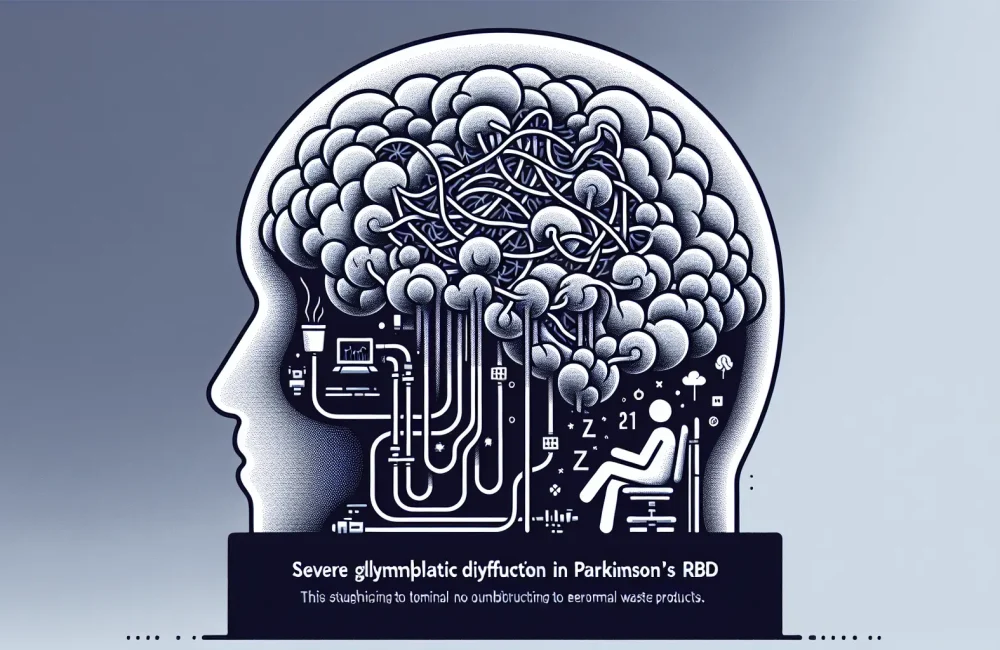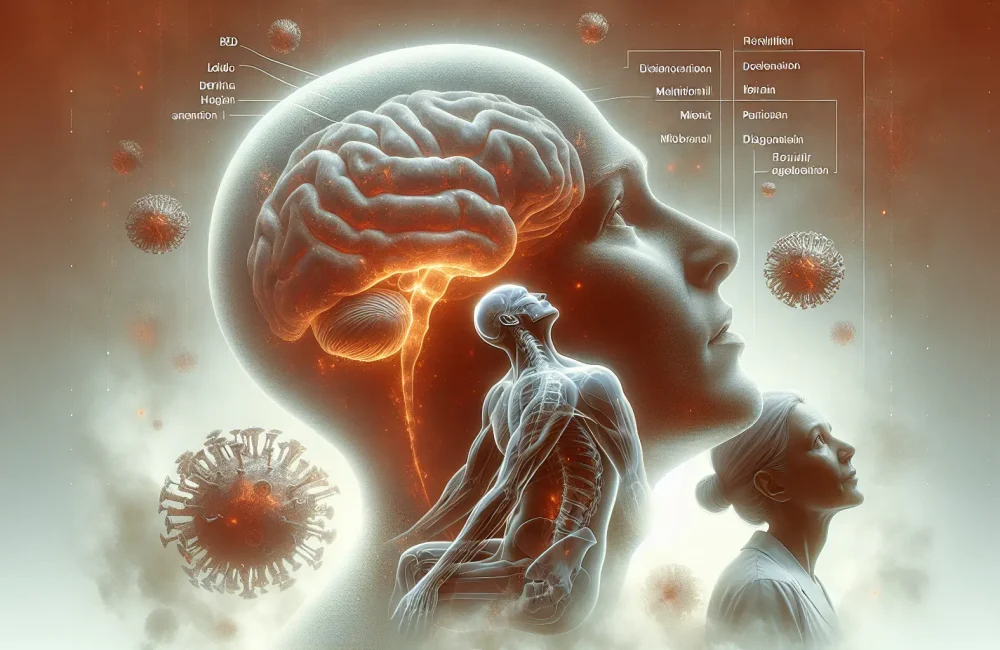By CAFMI AI From npj Parkinson’s Disease (Open Access)
Clinically Probable RBD: A Key Early Indicator in Parkinson’s Disease
Rapid eye movement sleep behavior disorder (RBD) is increasingly recognized in clinical neurology as a parasomnia tightly linked to neurodegenerative alpha-synucleinopathies, notably Parkinson’s disease (PD). Clinically probable RBD (cpRBD) is often detected prior to the onset of classical motor manifestations of PD. This early appearance makes cpRBD a crucial clinical sign, signaling a potentially severe disease trajectory, particularly for non-motor symptoms (NMS). Non-motor symptoms in PD, such as cognitive decline, autonomic disturbances, and mood disorders, profoundly impact patient quality of life and are often challenging to manage. The presence of cpRBD identifies a subgroup of PD patients prone to more intense and rapidly progressing NMS, which has significant implications for prognosis, clinical management, and patient counseling in routine healthcare settings.
Association of cpRBD With Disease Progression and Prognosis
Recent evidence from a comprehensive cohort study involving patients diagnosed with Parkinson’s disease underlines the association of cpRBD with accelerated progression of both motor and non-motor disease domains. The study utilized validated questionnaires and detailed clinical interviews to ascertain cpRBD status and systematically evaluated the burden of NMS, including cognitive impairment, autonomic dysfunction, and mood disturbances. Patients exhibiting cpRBD demonstrated a markedly higher NMS burden compared to patients without cpRBD. Furthermore, cpRBD presence predicted reduced survival rates and poorer health-related quality of life outcomes. These findings highlight cpRBD as a marker of widespread neurodegeneration beyond the dopaminergic system, affecting multiple neurotransmitter pathways such as cholinergic, serotonergic, and noradrenergic circuits. For clinicians based in the U.S. and globally, recognizing cpRBD can facilitate better stratification for personalized therapeutic approaches and may prompt closer monitoring for early intervention.
Implications for Clinical Practice and Research
Understanding the prognostic value of cpRBD encourages clinicians to integrate sleep disorder assessments into routine evaluations of Parkinson’s patients. Early identification of cpRBD may guide more aggressive management strategies for non-motor symptoms and inform decisions regarding patient counseling and support services. Additionally, cpRBD offers a target population for clinical trials focused on disease-modifying therapies, potentially enabling intervention at a stage before extensive neurodegeneration occurs. Ongoing research is vital to unravel the pathophysiological mechanisms linking cpRBD and non-motor Parkinson’s features, which may yield novel biomarkers and therapeutic targets enhancing patient outcomes worldwide.
Read The Original Publication Here






